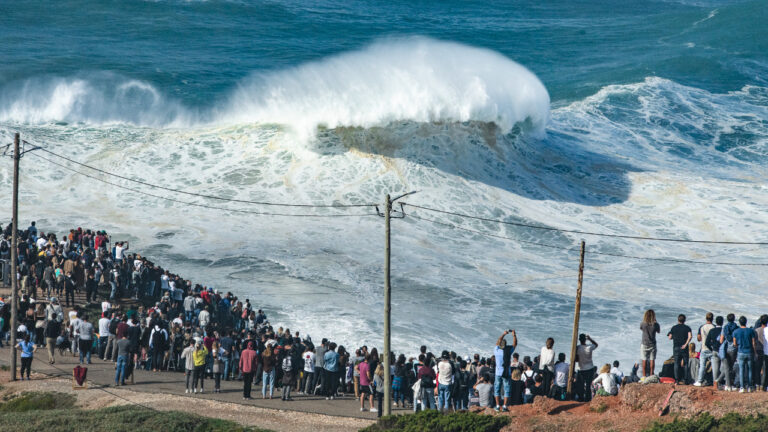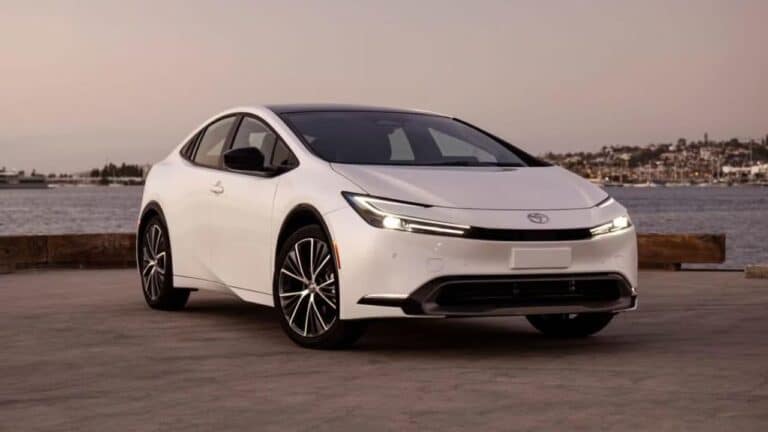13 Discontinued Dodge Cars We Hated to See Go
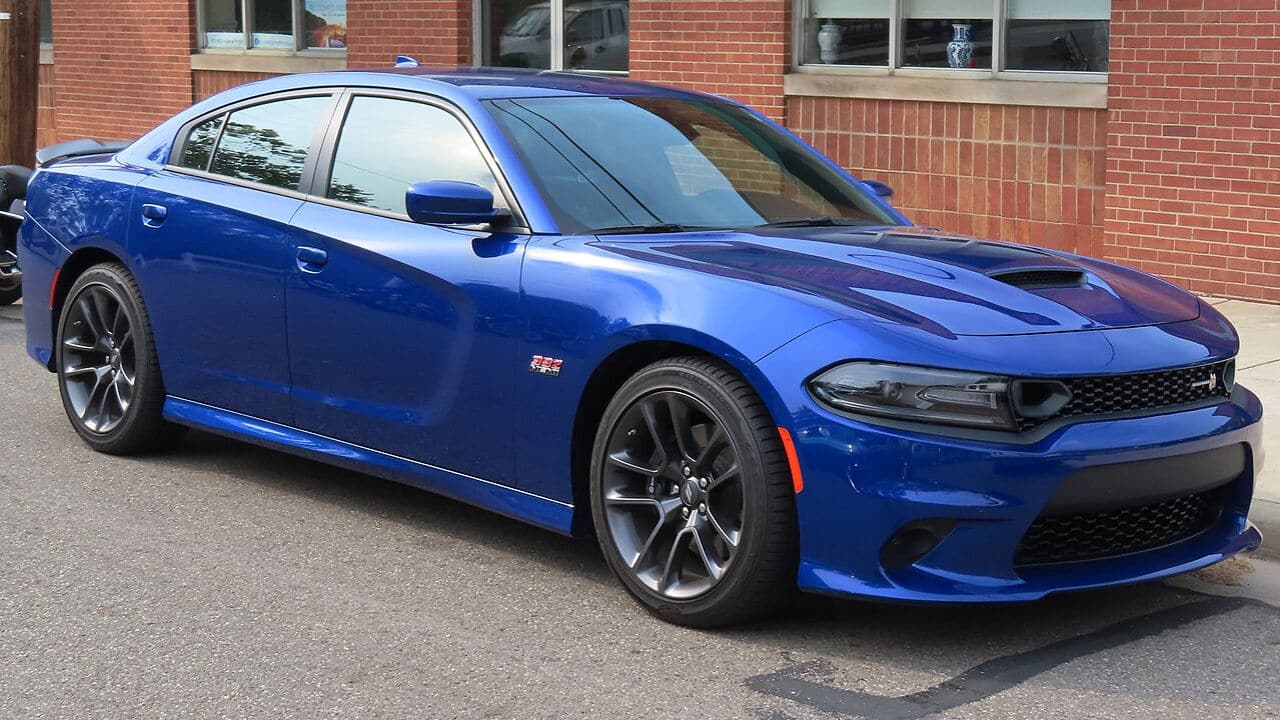
As one of the oldest and most popular American brands, Dodge boasts an impressive garage of legendary models that both shaped and redefined the automotive landscape. Unfortunately, as much as we loved driving these cars, Stellantis has been putting numerous models out to pasture in recent years.
Gearheads love Dodge for its enthusiast-centric models, especially its particular focus on muscle performance — a niche that is slowly fading away. While keeping up with emission regulations was an issue for some of these cars, declining sales, formidable competition, and electrification played a major role in their undoing.
Considering the vast array of cars that Dodge discontinued, we cherry-picked the models that either left an indelible mark on enthusiasts’ hearts or made waves with incredible sales margins. Here is our list of Dodge cars that we hated to see discontinued.
Dodge Challenger

American automotive history is best remembered for producing some iconic muscle cars, with models like the Challenger standing out among the leading pack. Despite being in and out of production several times over the years, the legendary muscle car finally got discontinued in 2023 — sort of.
The parent company, Stellantis, is dropping the gas-powered Challenger model and redirecting investment towards electrification. The future of the Challenger nameplate remains to be determined, but loyalists will have to endure a future without the exciting V6s, roaring Hemi V8s, and thrilling stick shifts.
Dodge Charger

The Challenger might be the more popular sibling, but the Charger undoubtedly made an unforgettable impact in muscle car lore and today’s pop culture. The incredibly powerful V6 and supercharged V8 engine options appeal to the majority, but the Charger’s big, comfortable interior is the icing on the cake.
There’s no stopping the impending EV revolution now, but Stellantis caught everyone by surprise in 2023 by axing its iconic muscle cars simultaneously. Dodge’s concept cars clued us in on what is next for the Charger nameplate, and you can bet that the gas-powered models will soon go up in value.
Dodge Viper

Sports cars have never been America’s forte, but Dodge hit a home run with the iconic Viper. Arguably one of the coolest sports cars of the 1990s and 2010s, the Viper made its mark on the streets and pop culture for its distinctive design and enthralling performance.
Unfortunately, weak sales margins and stringent safety rules involving side airbags forced Dodge to scrap the Viper from the lineup in 2017. It’s disappointing that there are currently no gas-powered sports cars in the Dodge stable, and the Viper is one of those that we’ll look back upon fondly.
Dodge Stealth

The good news is that the Stealth nameplate will return in 2025. The bad news is that it’s not a resurrection of the stylish sports car from the 1990s but a successor to the three-row midsize Durango SUV.
We loved the 300-hp V6 twin-turbo engine, anti-lock brakes, four-wheel steering, and two-mode suspension of the Stealth sports car. It’s also one of the most gorgeous Dodge models ever, which is why everyone hated to see it discontinued in 1996. While it makes sense for Dodge to revamp its lackluster SUV lineup, loyalists would have hoped for a modern iteration of the revered Mitsubishi-engineered Stealth.
Dodge Magnum

The Magnum nameplate first appeared briefly in 1978-1979, but the 2005-2008 resurrection proved more memorable in recent history. Despite its reintroduction as a station wagon, Dodge uniquely bred the Magnum for comfort and performance. Think Audi RS6 Avant.
Based on the same platform as the Dodge Charger and Chrysler 300 sedans of the time, the Magnum was the ultimate performance wagon thanks to the available Hemi V8 and all-wheel drive options. We hated the Dodge Magnum’s premature death and can’t help but imagine one of these beasts with a modern Hellcat V8 engine.
Dodge Neon SRT-4

The SUV revolution in the 2000s edged out several compact cars from the market, including the Neon that bowed out from the U.S. in 2005 and globally in 2021. However, our disappointment is about something other than the econobox Neon, but the performance-oriented SRT-4 Neon.
Considered one of the most underrated turbo four-cylinder cars ever produced, the Neon SRT-4 stood out for its 230-hp turbocharged intercooled engine, functional hood scoop, and aggressive rear wing. Keeping up with bigger dogs like the Subaru WRX, BMW 330i, and Audi A4 made the Neon SRT-4 the perfect budget hot rod that we would have loved to stick around.
Dodge Stratus

Although Stellantis offers the Cadillac CT5-V in the midsize car segment, the current Dodge lineup remains bare, reminding us of the ‘Cloud Car’ era that included the Stratus. Discontinued entirely in 2006, Dodge offered the midsize Stratus in coupe (discontinued in 2005) and sedan body styles.
In addition to the aggressive styling, the Stratus impressed with the powerful V6 engine options and impressive handling. Were it not for the problems that plagued the Stratus in its lifetime, it held so much potential to become as iconic as Cadillac’s CT5-V midsize performance car.
Dodge Avenger
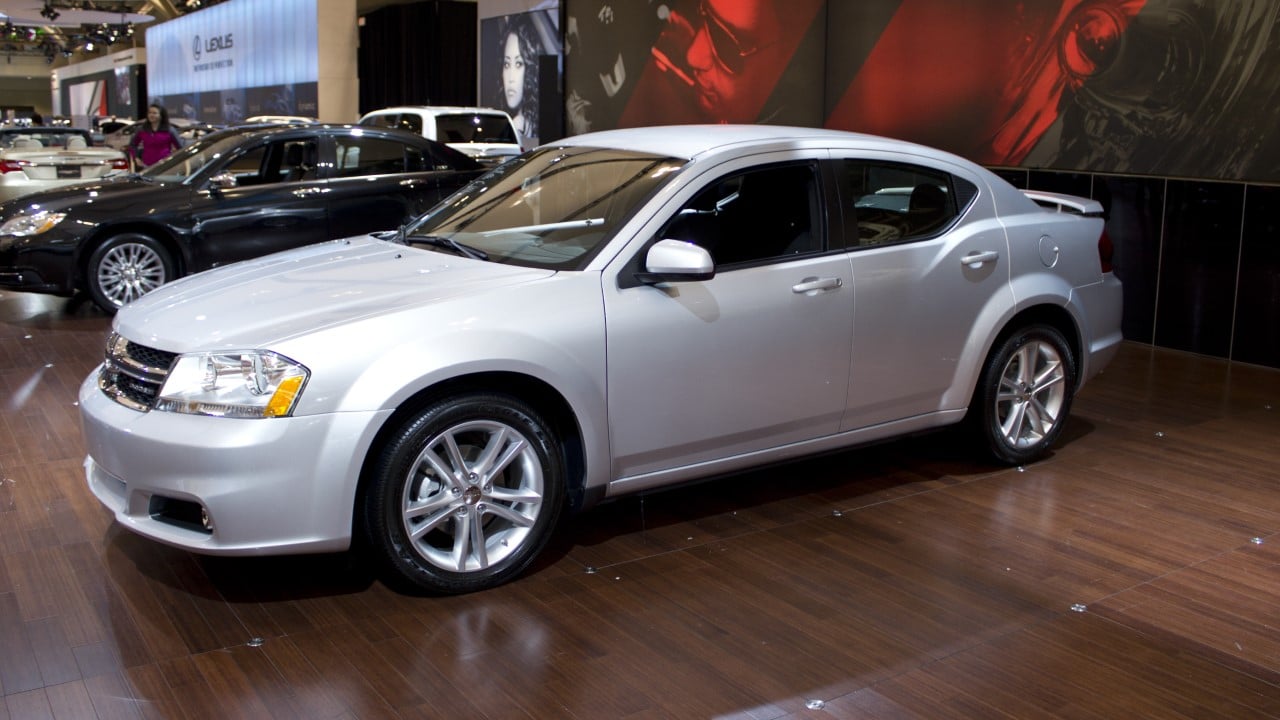
The Avenger has had a spotty history in the Dodge lineup, but the 2008 to 2014 iterations are the most memorable. The aggressive Dodge styling, impressive interior features, optional all-wheel drive, and decent fuel economy made the Avenger a top-class sedan for the time.
Furthermore, the Avenger adopted a stylish exterior design akin to the Charger, boasting the same sinister body lines and curves in a smaller package. With class-leading performance from the powerful V6 engines, it is surprising that Dodge axed the Avenger to avoid cannibalizing the compact Dart model.
Dodge Dart

Dodge has offered the Dart in several iterations since the muscle car era. It is best known for its compact body style and exciting appearance packages. We’re still obsessed with the popular 1963 model, yet the newer Dart model produced in 2013 was seemingly ahead of its time.
From the striking design to the unique full-LED rear lights, impressive interior features, and class-leading safety features, Dodge had positioned itself to take on the Ford Focus and Toyota Corolla. Unfortunately, the Dart became a sales disaster, and we’re disappointed it never lasted long enough for us to enjoy the much-promised performance-based version, the Dart SRT-4.
Dodge Ramcharger

Just as loyalists hated to see the Bronco get clipped, its successful resurrection as a modern off-road-centric SUV in 2021 makes you wonder why the Ramcharger remained sidelined since 1993. The Ramcharger began as a full-size, short-wheelbase pickup before transitioning into a track-based SUV with body-on-frame architecture.
Thanks to the standard all-wheel drive, standard equipment, versatility, cosmetic packages, and powerful engines, the Ramcharger helped Dodge become an upscale brand. But with the nameplate making a comeback in the all-new 2025 Ram 1500 Ramcharger e-truck, all hope for the revival of a full-size gas-powered SUV is gone.
Dodge Caravan

If you search for ‘Grand Caravan Hellcat’ ideas online, you will also agree that the idea of a V8-powered minivan is not far-fetched. Dodge discontinued the Caravan in 2020, mostly because the SUV and crossover fascination was gathering pace.
Ironically, Dodge gave up on the legendary Caravan a few years before minivan sales went up again, and the Chrysler Pacifica’s recent success is a slap on the other cheek. We hated to see the Dodge Caravan get the boot, and even more so now that the minivan segment needs more options.
Dodge Durango Hybrid

Of all the cars on this list, the Durango Hybrid is a head-scratcher, considering it’s the model that would make the most sense in today’s auto landscape. Dodge produced the model for the 2009 model year only before shelving the project.
The hybrid powertrains were seemingly underwhelming at the time, but we were disappointed to see the Durango Hybrid dismissed just as electrification was becoming a trending topic. Currently, the Hornet is a lone wolf in Dodge’s hybrid SUV lineup, but things would have looked different had they persistently improved on the Durango Hybrid.
Dodge Dakota
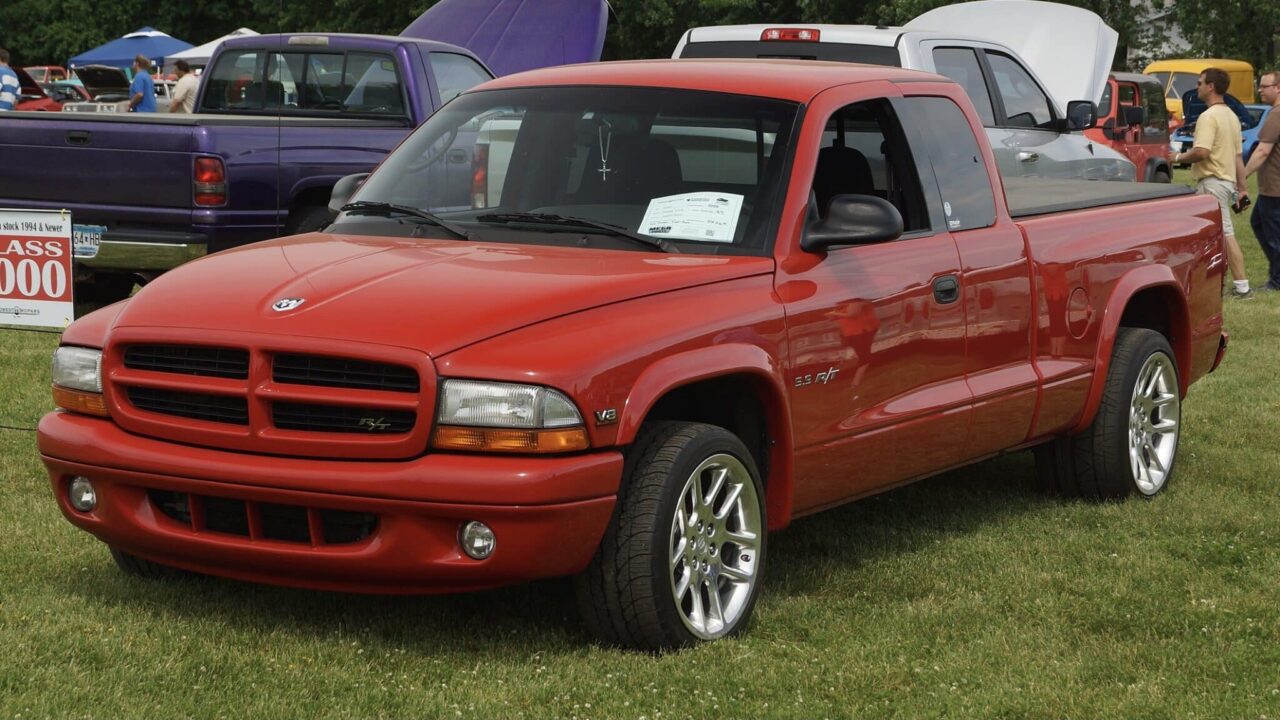
The Dakota was Dodge’s contender in the compact truck segment before it was canceled after the 2011 model year. Since 2003, the burgeoning SUV segment and the increasing demand for mid- and full-size trucks have swallowed up the small truck segment.
However, the demand for compact trucks is on the up, with the Ford Maverick and Hyundai Santa Cruz taking top spots. It’s disappointing that neither Dodge nor the Ram brand have offerings in a segment that has seen a year-over-year increase in sales since 2010.

